South Coast Air Quality Management’s Procedure 5 May Apply
In the wake of local civil rights protests, many buildings have been damaged or burned, posing potentially hazardous environments for business owners and neighboring communities. Buildings that have been damaged, and/or building materials that have been disturbed, need to be properly inspected by an and have potential hazards documented by a certified asbestos consultant prior to removal and repairs being made. Asbestos is one potentially hazardous material that is of great concern whenever building materials are disturbed.

Asbestos is a fibrous mineral found naturally in the environment which has been extensively mined and added to common building materials, such as walls, flooring, ceilings, and roofing. Because of the physical properties of asbestos, microscopic fibers can become airborne and inhaled when building materials that contain asbestos are burned or crumbled. The National Institute for Occupational Safety and Health (NIOSH) notes, “persons occupationally exposed to asbestos have developed several types of life-threatening diseases, including asbestosis, lung cancer, and mesothelioma. Due to these health concerns, asbestos is highly regulated and asbestos-containing material (ACM) must be handled and disposed of safely and in accordance with local and federal regulations.”
In Los Angeles, Orange, Riverside, and San Bernardino Counties, South Coast Air Quality Management District (SCAQMD) have jurisdiction over any impact to an asbestos-containing material (ACM). South Coast AQMD enforces regulations that ensure the proper removal and disposal of hazards found in building materials. According to SCAQMD, “no person shall remove or strip [Asbestos Containing Material from a building] that has suffered damage from fire, explosion, or natural disaster without the use of a Procedure 5 Approved Alternative.”
What does a Procedure 5 Assessment Entail?
If your place of business has building materials that have been disturbed, you must first determine the presence or absence of asbestos in the building materials and associated debris. If asbestos is not detected in laboratory analysis of samples taken from your building, you may proceed with typical removal and disposal.
Should asbestos be discovered in building materials and/or debris by an asbestos consultant, a Procedure 5 Work Plan must be written and implemented to ensure the safe containment, removal, and disposal of asbestos-containing materials (ACM) and materials contaminated with asbestos.
Materials that have come in contact with asbestos-containing debris are considered contaminated because of the nature of microscope asbestos fibers. Contaminated materials can be broken down into porous and non-porous contents/items. Similar to mold remediation, porous items cannot be definitively be cleaned or decontaminated of asbestos fibers and must be disposed of to ensure the safety of building occupants. Non-porous items in good condition are those which can be wiped clean of asbestos fibers and do not need to be disposed of.
This distinction will be made by a Certified Asbestos Consultant. At A-Tech, we have many Certified Asbestos Consultants to assist you with your project and to ensure the future safety of building occupants and neighboring communities.
What Can A-Tech Do to Help?
A-Tech has Certified Asbestos Consultants experienced in Procedure 5 assessments in various conditions, such as abandoned buildings, burnouts, and structural damage. Our staff has extensive training in assessing building hazards, as well as writing Procedure 5 Work Plans to help facilitate the clean-up process.
Contact us today to get a quote for a Procedure 5 Assessment, or to determine if your building needs an asbestos assessment. We service all of Los Angeles, Orange County, San Diego, Riverside County, as well as Nevada and Arizona. You can reach us at: [email protected] or 1-800-434-1025.
References
http://www.aqmd.gov/home/rules-compliance/rules/scaqmd-rule-book/regulation-xiv


